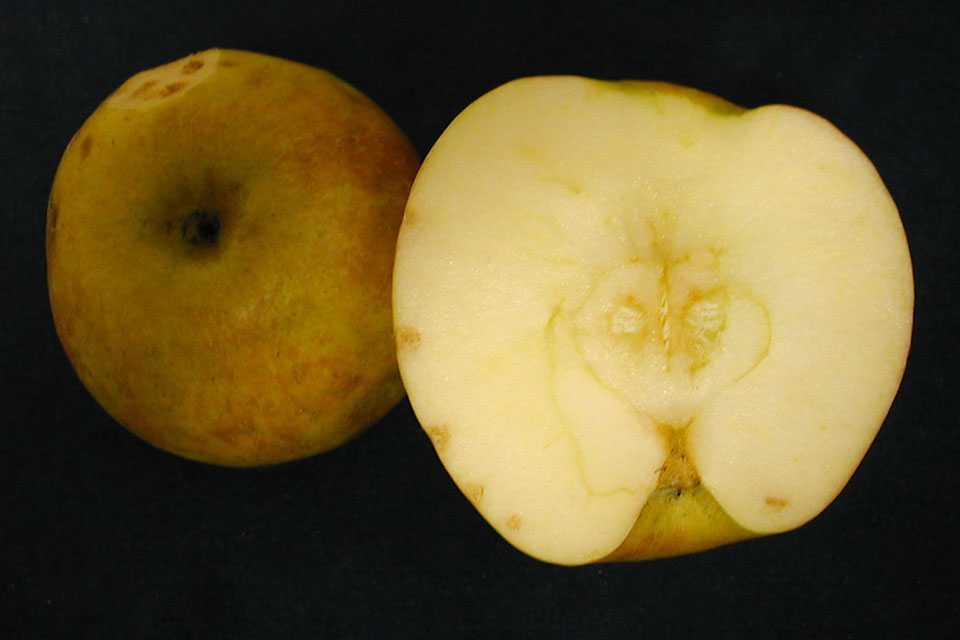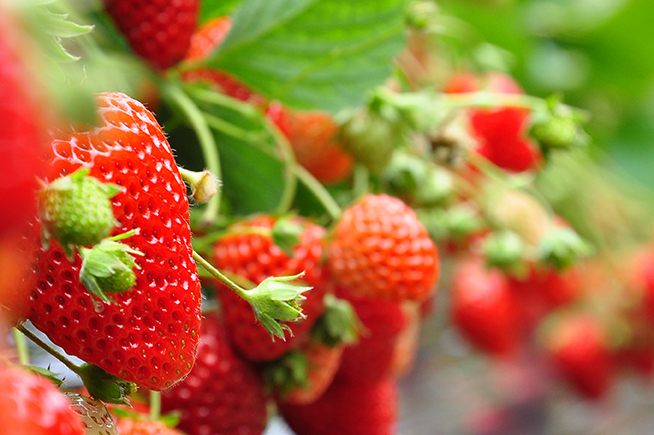The Top Rootstocks for Growing ‘Honeycrisp’ Apples
Five years after initiating the Root-2-Fruit (R2F) Specialty Crops Research Initiative (SCRI) project, some of the nation’s top apple production researchers have tackled vital issues involving rootstocks and bitter pit development, particularly in ‘Honeycrisp’.
R2F team leader Lailiang Cheng, a Professor of Horticulture at Cornell University, provided an overview of R2F while giving the Wallace Heuser Presidential Lecture at the International Fruit Tree Association (IFTA) 2022 Annual Conference. He told attendees that 80% of the apple trees planted during the last 20 years were done so on M.9, B.9, and M.26 rootstocks.
Unfortunately for growers, those rootstocks are susceptible to replant issues and multiple biotic and abiotic stresses, which leads to economic loss. Compounding the problem, the rapid adoption of ‘Honeycrisp’ has created an urgent need to identify rootstocks that provide high yields and high-quality fruit.
R2F has already tackled several issues, not the least of which revolves around the following question: What are the best performing rootstocks for ‘Honeycrisp’ and other varieties? The answer is critical, Cheng says, considering the choice of rootstock will have large economic consequences for growers.
Beyond Bitter Pit Incidence
Rootstocks are typically evaluated in the field for tree survival, level of dwarfing, and yield efficiency, Cheng says. Because bitter pit is such a problem for ‘Honeycrisp’, it is important, he adds, to evaluate rootstock impacts on incidence of the disease.
With that in mind, Professor Terence Robinson, one of Cheng’s colleagues at Cornell’s College of Agriculture and Life Sciences (CALS), conducted a ‘Honeycrisp’ trial to determine which rootstocks perform best.
The trial, in Geneva, NY, from 2007 to 2020, illustrated the dramatic differences in bitter pit incidence among various rootstocks. B.9, G.65, and G.214 had the lowest bitter pit incidence — below 5%. In contrast, G.210, G.814, M.7, and B.118 had the highest bitter pit incidence — between 20% and 40%.
“If you only use bitter pit incidence as the criteria for judging rootstocks, B.9, G.65, and G.214 would be the best rootstocks,” Cheng says. “However, bitter pit incidence is only half the equation because, at the end of the day, it is the bitter pit-free yield that determines crop value, assuming fruit quality remains the same.”

Bitter pit symptoms on ‘Honeycrisp’ apples.
Photo by Randolf Beaudry
B.9, for example, was low in bitter pit incidence but also low in total yield. Meanwhile, the total fruit yield for G.11 was high while its bitter pit incidence was moderate (between 10% and 15%). In turn, G.11 boasted a higher bitter pit-free yield than B.9.
“It is very obvious that the best rootstocks had high total fruit production and, at the same time, had low bitter pit,” Cheng says, singling out G.214, G.935, and G.11 as bitter pit-free winners.
The same rootstocks fared well when Robinson converted those results into crop value while using a farm gate fruit price of 63 cents per pound.
Enter Crop Density
To address the issue of crop density, Robinson arranged the 19 rootstocks in his trial by trunk cross-sectional area (TCA), lowest to highest. He then projected an optimal planting density, based on each rootstock’s TCA relative to M.9T337 and its optimal planting density of 3 feet by 11 feet.
The end result for Robinson was a ranking of all 19 rootstocks based on projected cumulative net crop value per acre. The best: 1) G.11, 2) B.9, 3) G.935, and 4) G.222. The worst: 16) G.814, 17) B.118, 18) G.210, and 19) M.7. The monetary difference between the best and worst rootstocks, Cheng says, was calculated at approximately $200,000 per acre over the trial’s 14-year period.
“This indicates that the choice of which rootstock to use has significant economic consequences,” Cheng says.
Using the same approach, Robinson conducted a second ‘Honeycrisp’ trial, from 2014 to 2021. This time he focused on TCA and the projected optimal density of 15 rootstocks. At the top of the rankings once again was G.11, followed by G.41, B.10, G.969, and G.30. At the bottom were V.1, V.5, M.9T337, V.6, and V.7.
“The best rootstocks have sufficient vigor to fill up space and confer low incidence of bitter pit,” Cheng says. “G.11, G.41, G.935, G.214, and G.969 outperform M.9T337 based on the net crop value analysis.”
Although B.9 also ranks high, Cheng notes that caution needs to be taken when interpreting the data. Neither B.9 nor B.10 is tolerant of replant disease, he says.










